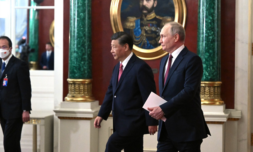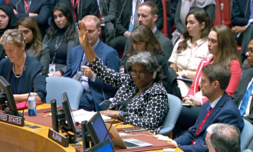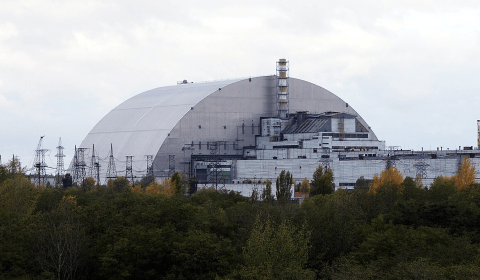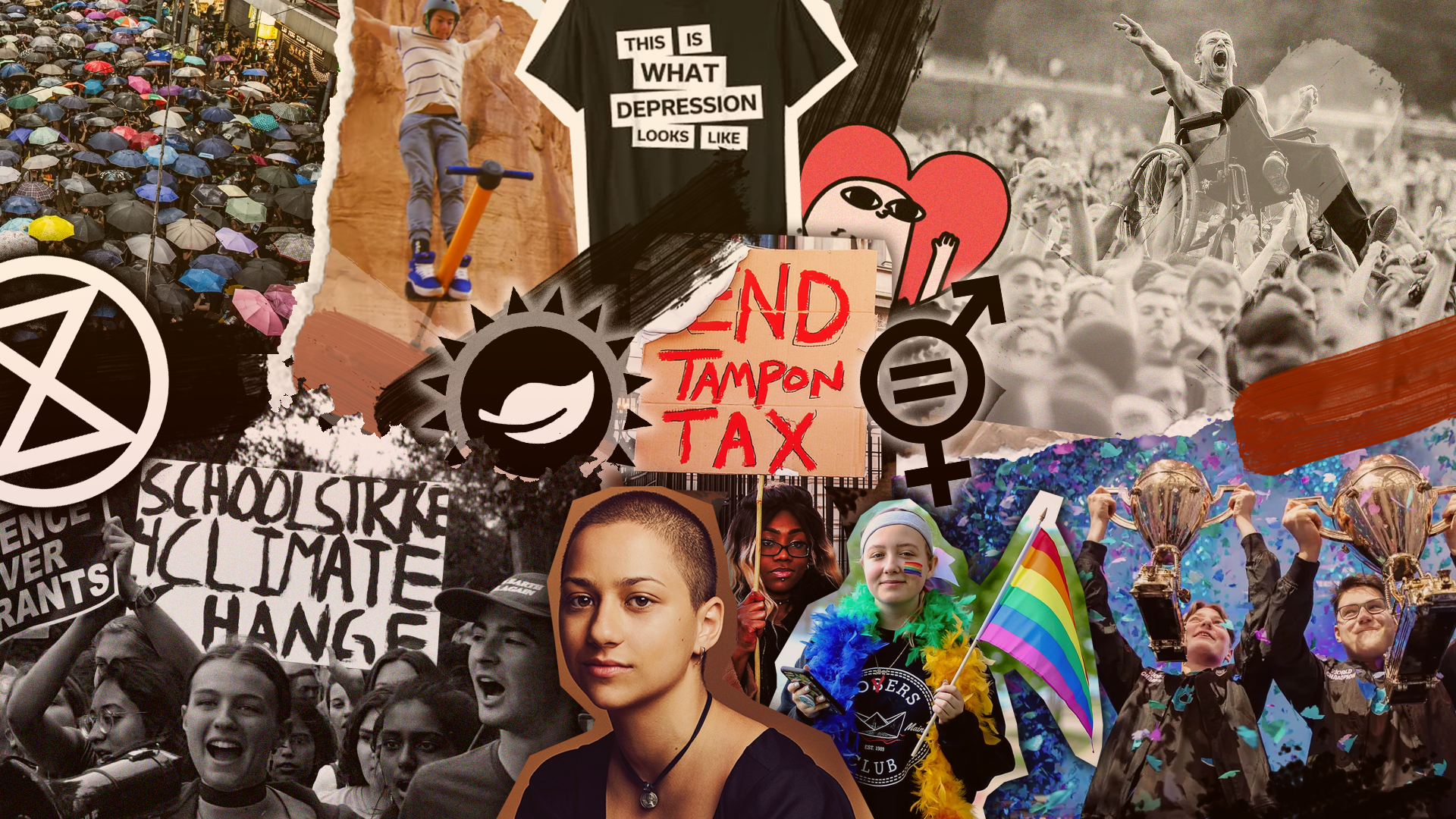Trump’s rapport with Putin has sent waves of panic across Europe, as they grapple with being sidelined while holding the fate of Ukraine in their hands.
It’s another week with President Donald Trump’s perversity; this time, his antics have concerned many European leaders about the future of the transatlantic alliance due to his take on the Russia-Ukraine war. Before getting into the European side of this story, how has Trump handled the war? Well, not great.
Since taking office, he has been very vocal about many global crises. Regarding the Russia-Ukraine war, he has noticeably vilified Ukraine, joining Russia in its game of verbal sparring. The recent string of events started when the United States and Russia agreed to meet in Saudi Arabia to discuss an end to the war – without Ukraine.
Ukrainian President Volodymyr Zelenskyy called out both nations for excluding him from negotiation discussions. In response, a few days ago at his Mar-a-Lago resort, Trump stated that Ukraine ‘should have never started it’, implying that Kyiv was responsible for instigating the war.
He went on to revise the narrative around the conflict by criticizing Zelenskyy for the lack of settlement negotiation before the invasion occurred. It was made clear that Trump intended to align his take with Russia’s claims about Ukraine’s role in the war. Now, there is a chance that Trump may withdraw US troops from the Baltic region, leaving Europe vulnerable to Russia’s attacks.
With the war-torn nation’s first instinct being to survive, Trump made a dig at Zelenskyy, claiming its approval rating was at 4%. Choosing to stick his nose where it doesn’t belong, he went on to suggest that Ukraine hold new elections. He insisted his recommendation was ‘not a Russia thing’ but just ‘something that’s coming from me’.
While Trump was busy leaning into the Russian propaganda train, European leaders met in Paris for an emergency meeting. Convened by French President Emmanuel Macron, the discussion included leaders from Germany, Italy, Spain, Poland, Denmark, and the United Kingdom (UK).
European Commission President Ursula von der Leyen and NATO Secretary-General Mark Rutte were also present. They aimed to forge a cohesive response to Trump’s plan to end the war as they felt greatly sidelined in resolution discussions.
The Trump administration’s intention to evade them and pressure Ukraine into a deal with Russia has caused extreme concern. European leaders fear a US-led peace agreement with Putin could jeopardize Kyiv and the wider security of Europe.
Resolution talks at the meeting focused on the possibility of deploying European defence forces into Ukraine to maintain peace following a negotiated agreement. As an extension, the European leaders present were also able to re-evaluate their relationship with the US, which in recent days has shifted itself from an ally to an uncertain partner.
Admittedly, it’s difficult to imagine a world where two of the biggest regions with the greatest alliance face a massive fallout. Yet, should such a situation arise, the global geopolitical shift would be insurmountable. This alliance, which has stood strong since World War 2, has shaped much of the economies and foreign policies of both regions.




















